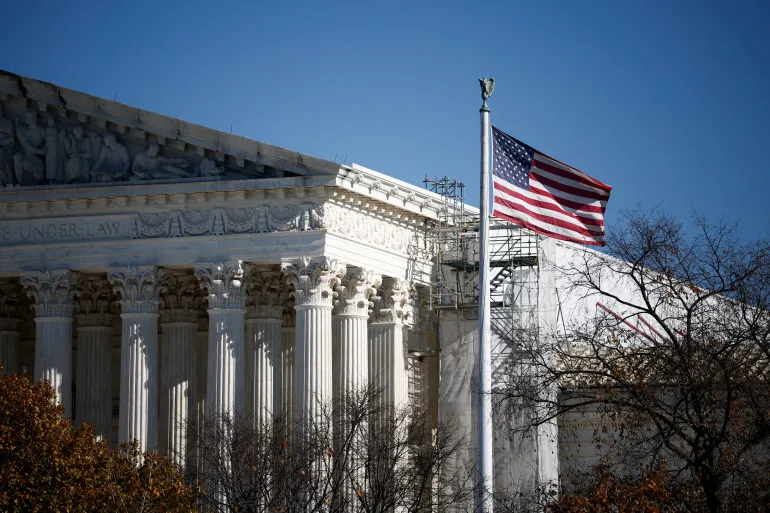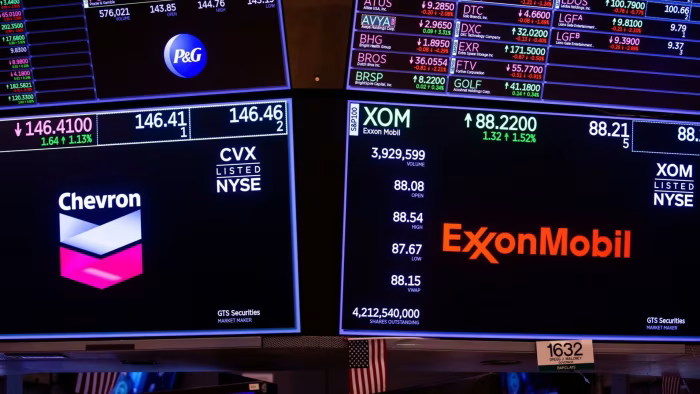A major legal dispute between US oil giants ExxonMobil and Chevron over access to one of the world’s most valuable oil discoveries is set to begin this week in London, with the outcome likely to influence how future joint operating agreements (JOAs) are structured across the global energy industry, the Financial Times reports.
At the center of the case is the Stabroek oilfield off the coast of Guyana, a project estimated to contain up to $1 trillion in oil reserves. The dispute stems from Chevron’s $53 billion agreement to acquire Hess Corporation, which currently owns a 30% stake in the oilfield. ExxonMobil, which holds a 45% interest in the same project, claims it has the contractual right to purchase Hess’s stake before it can be sold to any other party — including through a corporate acquisition like Chevron’s.
Exxon’s argument is based on the right of first refusal provisions outlined in the JOA it shares with Hess and Cnooc, a Chinese energy company that owns the remaining 25%. Cnooc has also filed a separate claim asserting similar rights. The arbitration, being held by the International Chamber of Commerce, is expected to focus heavily on the legal interpretation of those clauses.
Although Chevron is not a direct party to the arbitration, the case has significant implications for the company’s future. Chevron has expressed confidence in its position, maintaining that the right of first refusal does not apply in the context of a corporate acquisition. Chevron’s CEO, Mike Wirth, has described the case as thoroughly vetted and believes the acquisition will go forward.
Stabroek is considered a transformative asset. Since Exxon’s initial oil discovery there in 2015, the field has become a major revenue source, with forecasts suggesting more than $180 billion in profits for the consortium partners over the next 15 years. Guyana, which was among South America’s poorest nations prior to the discovery, is projected to receive over $190 billion in government revenues during that period, reshaping its economic future.
Industry experts highlight the unique value of the Guyana oil project, citing its low production costs — under $30 per barrel — and relatively lower emissions compared to other fields.
“It’s one of the most prized oil and gas projects on the planet,” said Luiz Hayum, an analyst at Wood Mackenzie.
The arbitration could hinge on whether the JOA’s right of first refusal clause is triggered by a direct asset sale or extends to Chevron’s acquisition of Hess, given that the Guyana holdings represent roughly 70% of Hess’s total value. Hess is expected to argue that the clause applies only to direct asset sales, while Exxon will contend that the substance of the transaction effectively amounts to the sale of the asset.
The hearing will be held behind closed doors before a three-member panel, with a decision likely to set precedent for similar contracts in the future.
“Because so much money is at stake, the lawyers involved will carefully study the ruling and adjust how JOAs are written going forward,” said David Hoffman, a law professor at the University of Pennsylvania.
For Chevron, the outcome could be pivotal. The company’s oil and gas reserves have declined in recent years, and access to Stabroek is seen as a major strategic boost. Exxon, meanwhile, has already reaped substantial benefits from the Guyana project, which helped it regain its status as the most valuable US oil company after briefly being overtaken by Chevron in 2020.










The latest news in your social feeds
Subscribe to our social media platforms to stay tuned